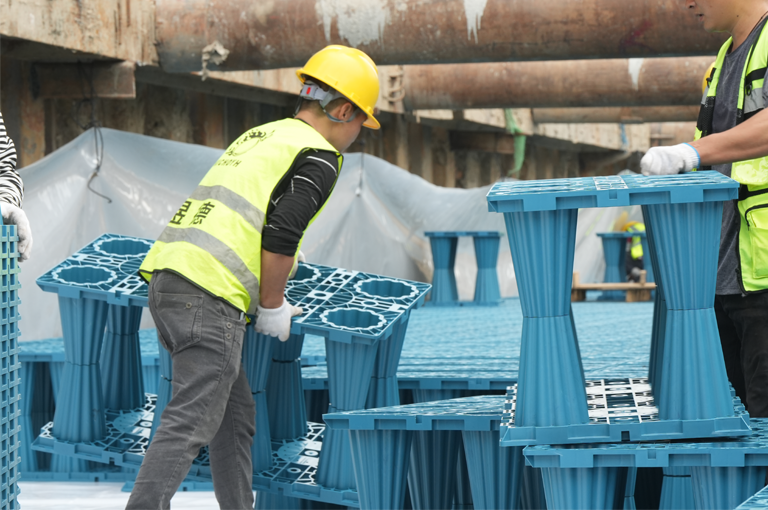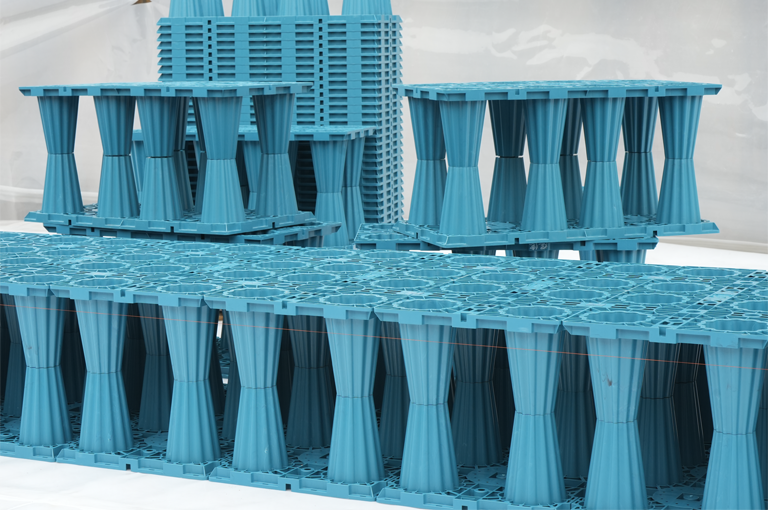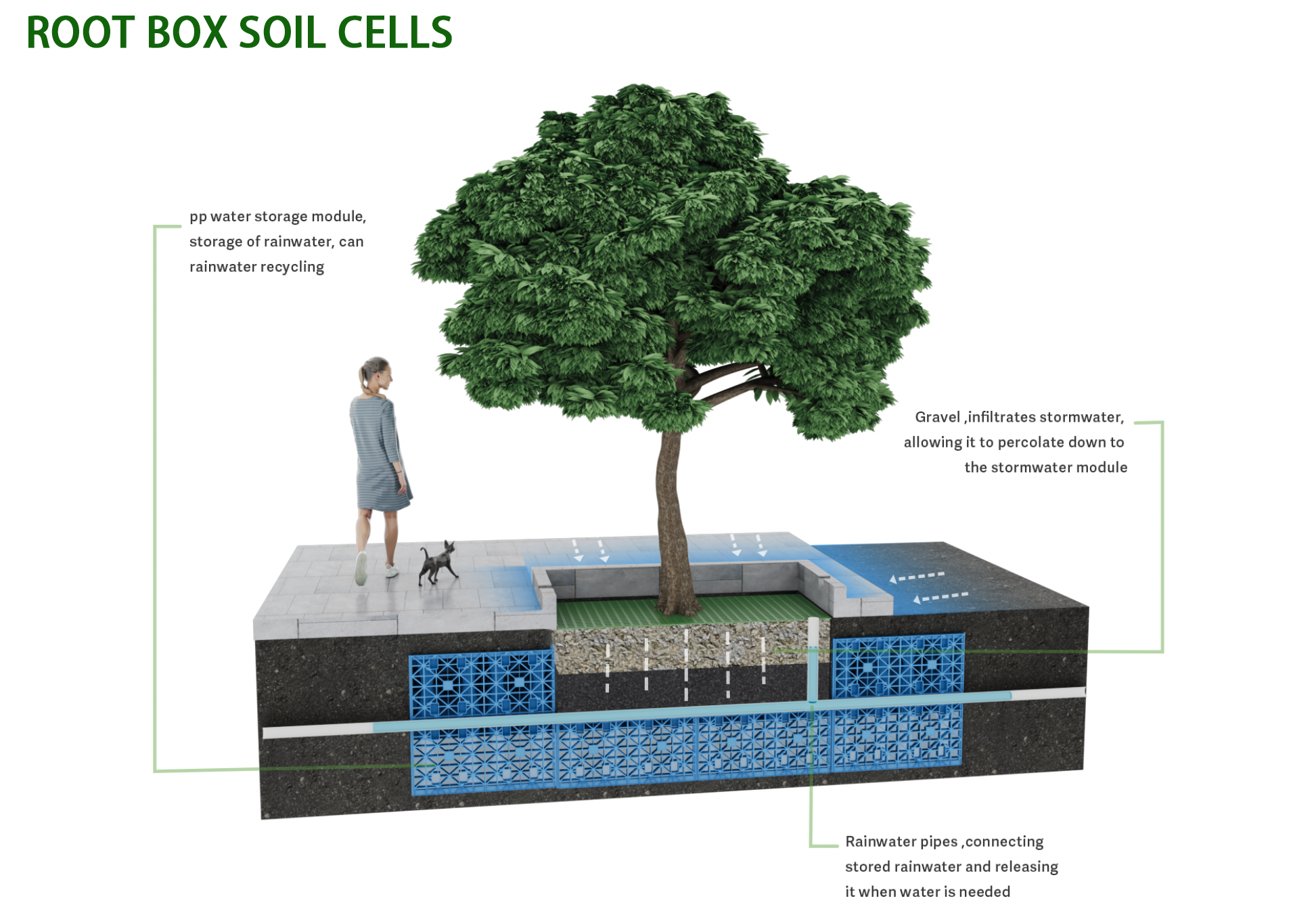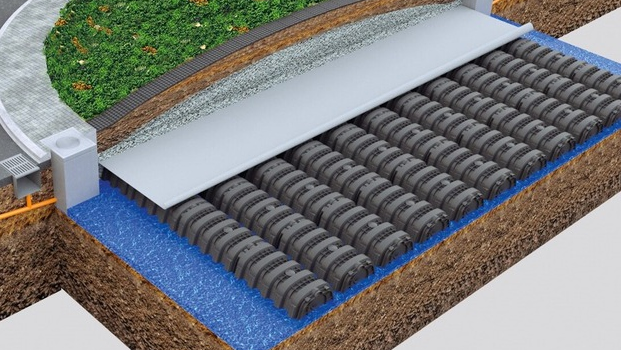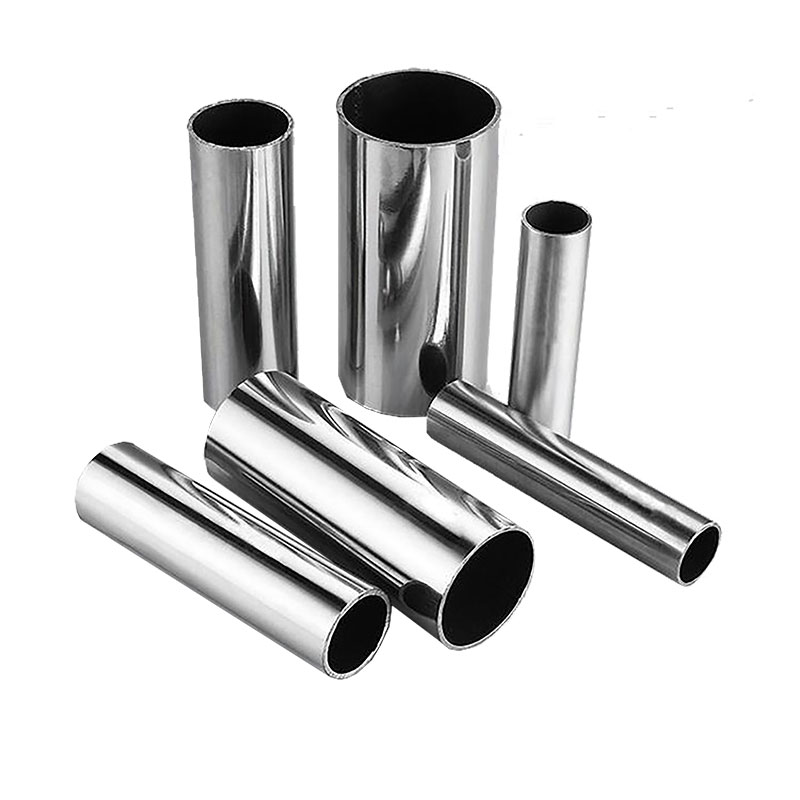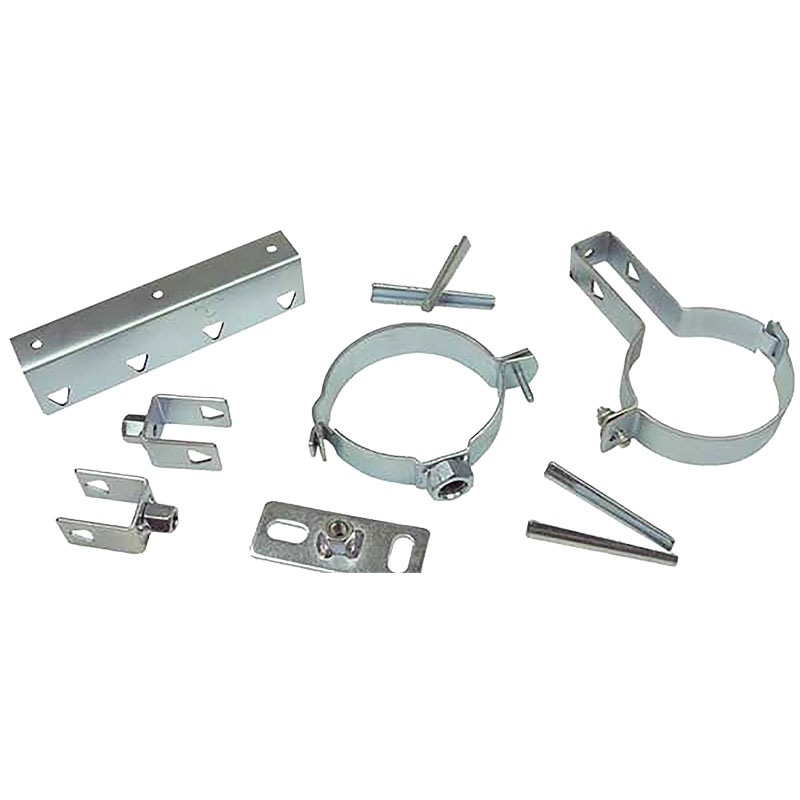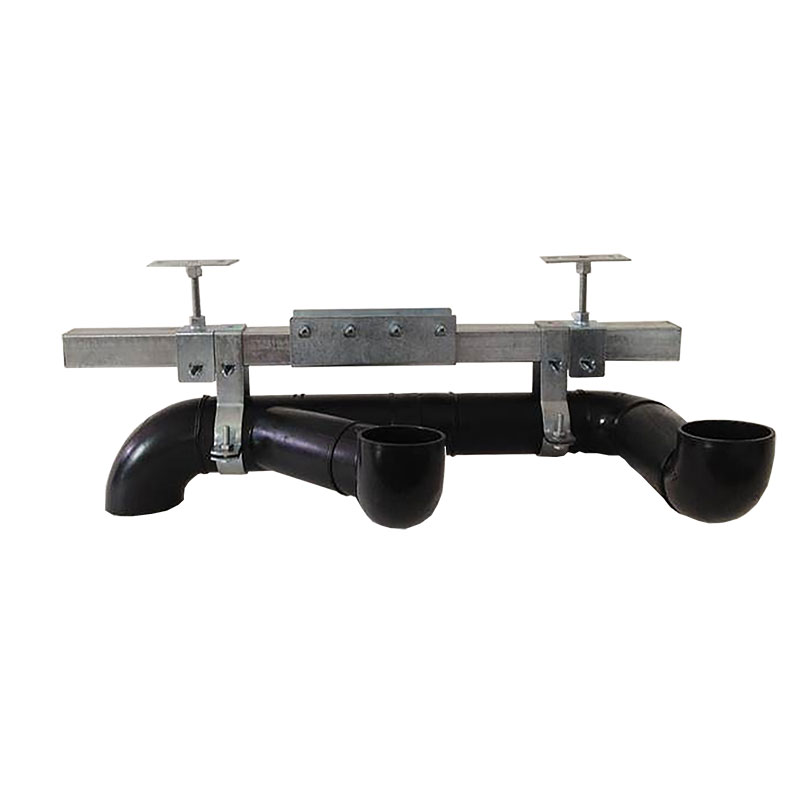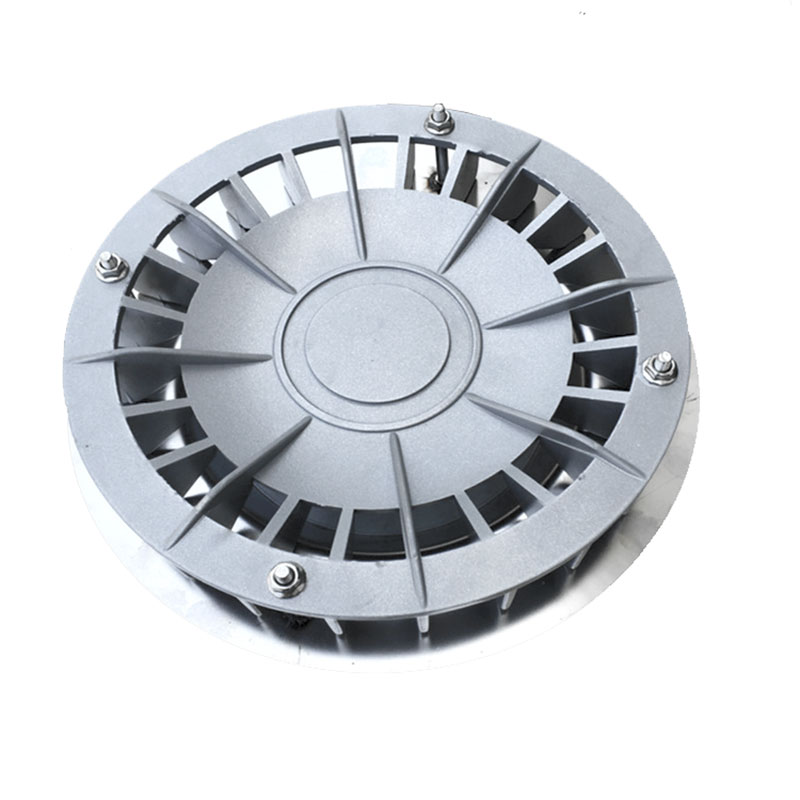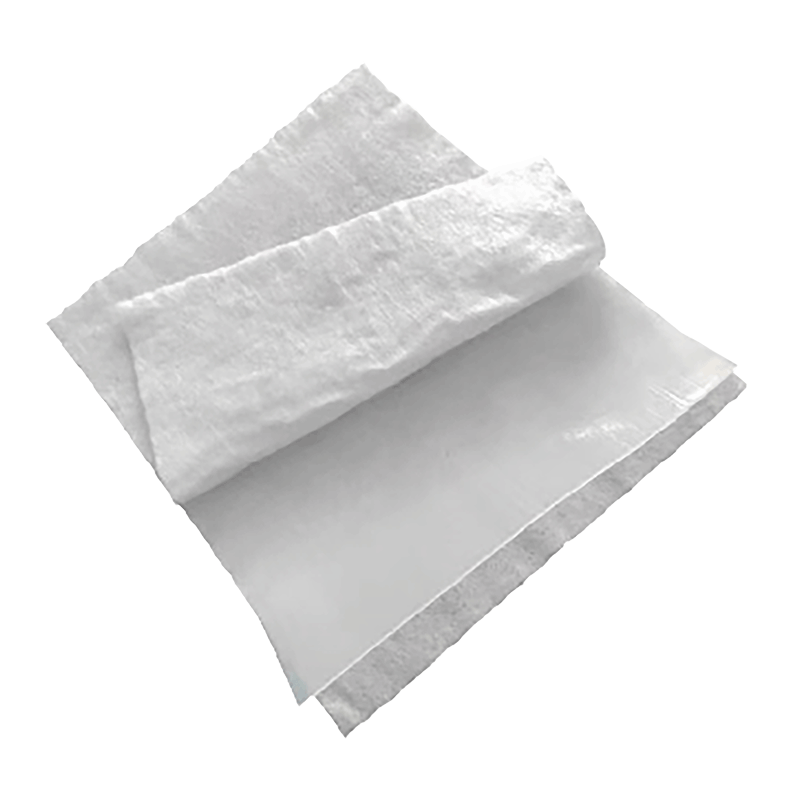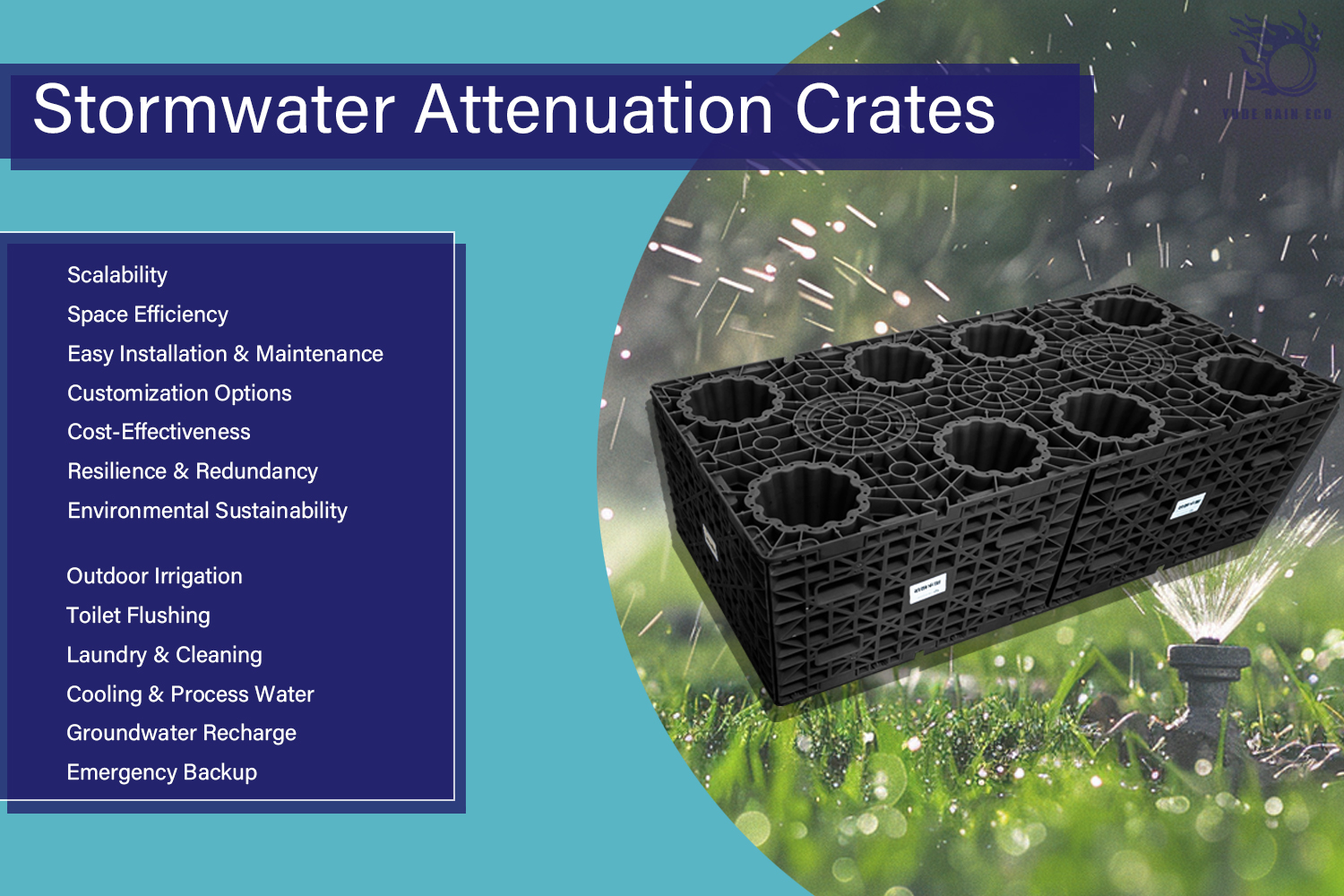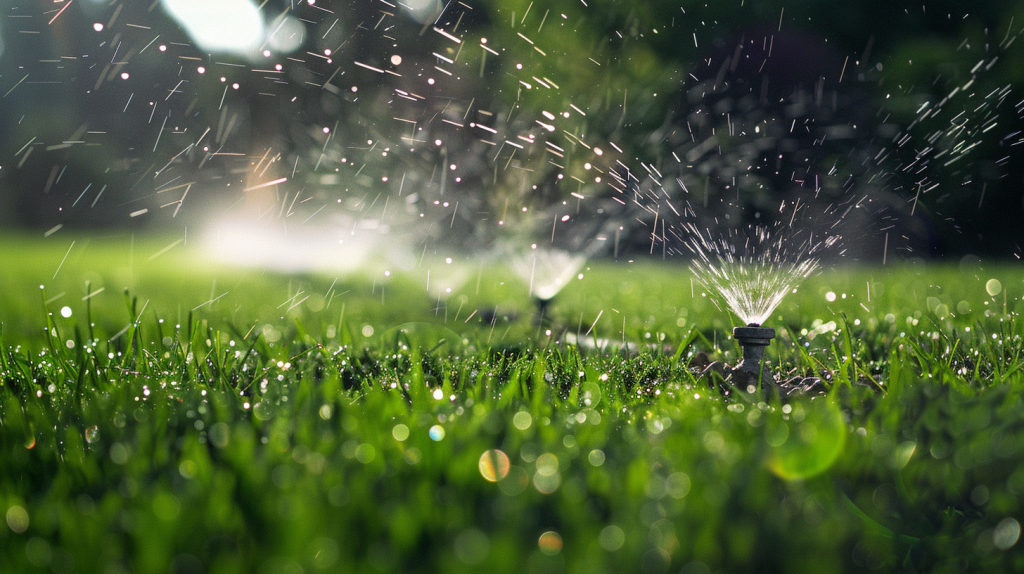1.Why are rainwater harvesting systems necessary?
Rainwater harvesting systems are crucial for addressing global water scarcity, particularly in regions with limited natural water resources and rapid population growth.
2.What global impact does rainwater harvesting have?
It reduces the number of people without access to clean drinking water and has been implemented in numerous countries to enhance water sustainability.
3.How much water can rainwater harvesting save?
A complete system can potentially meet all the daily water needs of a household, depending on local rainfall and system efficiency.
4.How many gallons of water does 1 inch of rainfall per acre equate to?
Approximately 27,154 gallons of water are equivalent to 1 inch of rainfall per acre.
5.What is the cost of installing a comprehensive rainwater harvesting system?
Costs vary but generally range from $3,500 to $15,500 for a medium-sized residential system, with ongoing maintenance costs of $100 to $500 annually.
Why Rainwater Harvesting Systems Are Necessary: Addressing the Global Water Scarcity Issue
Water scarcity occurs when available water resources are insufficient to meet the population’s needs. This situation becomes even more critical when a region naturally lacks water resources. In some cases, the lack of natural water resources combined with rapid population growth leads to severe water shortages.
Yude Rain Eco is committed to maintaining sustainability in countries/regions through rainwater harvesting solutions. Continue reading to learn more about the countries/regions that have adopted measures to develop rainwater harvesting practices.
Although the collected rainwater is primarily used for non-drinking purposes, it can be safely used for human drink after undergoing rigorous water treatment steps:
- Primary Filtration: Using a primary filter to remove large particles, such as leaves and debris.
- Fine Filtration: Using sand filters or coarse filters to remove smaller particles and suspended solids.
- Microfiltration: Using precision filters (such as 5-micron cartridges) to remove small particles and bacteria.
- Disinfection: Using ultraviolet light to irradiate the water stream, killing bacteria and viruses.
- Storage: Storing the treated rainwater in clean, sealed storage tanks to prevent secondary contamination.
- Monitoring: Regularly conducting microbiological and chemical tests on the treated rainwater to ensure water quality standards are met.
In 2009, the United Nations Environment Programme (UNEP) emphasized the growing popularity of rainwater harvesting technology and recognized its potential to reduce the number of people unable to access drinking water. This water optimization process is known as Rooftop Rainwater Harvesting (RTRWH), or simply rainwater harvesting.
To address the issue of water scarcity, countries around the world have taken measures to reduce water usage. As of 2024, several countries/regions have enacted, added, or introduced rainwater harvesting methods as part of their sustainable water resource management laws or plans:
Rainwater harvesting policy of Bangladesh
Rainwater harvesting has been promoted as a crucial solution for providing clean water to vulnerable coastal communities. Non-governmental organizations have been actively installing systems to help improve the water supply situation, which has had a significant impact on the local residents, especially in easing the daily burden of women traditionally responsible for water collection(The New Humanitarian).
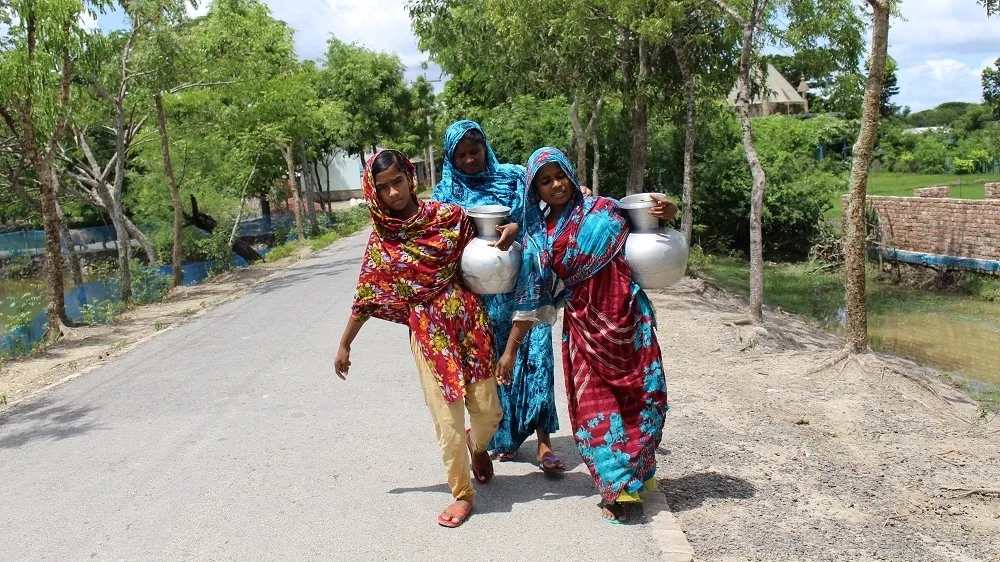
Bangladesh’s water resources are under significant stress due to its dense population and the inherent challenges posed by its geographical and climatic conditions. Here’s an overview of the water resource distribution, rainfall patterns, and the initiatives related to rainwater harvesting in the country:
Water Resources Distribution
Bangladesh’s water resources are predominantly influenced by its extensive river systems, with over 700 rivers including the Ganges, Brahmaputra, and Meghna. However, the distribution of water resources across the country is uneven, leading to substantial regional disparities in water availability. The northern and western regions often experience water scarcity due to less rainfall and higher reliance on groundwater for agriculture (SpringerLink).
Rainfall Conditions
The country experiences a monsoonal climate, with the majority of rainfall occurring between June and October. While the annual average rainfall is generally sufficient, its seasonal nature leads to periods of intense drought followed by potential flooding, affecting both urban and rural water management. This variability poses significant challenges to maintaining a consistent water supply throughout the year(IWA Online).
Rainwater Harvesting Initiatives
In response to these challenges, Bangladesh has been actively promoting rainwater harvesting (RWH) as a sustainable solution to mitigate water scarcity, particularly in drought-prone and salinity-affected areas. RWH is viewed as a critical strategy to supplement groundwater resources and provide emergency water supplies during dry seasons. The government, along with various NGOs, has implemented several projects to promote the installation of RWH systems in residential, institutional, and community buildings. These initiatives aim to ease the pressure on the over-exploited groundwater resources and improve water security for the most vulnerable populations.
Legislation and Plans
The government of Bangladesh has incorporated RWH in its national water policies and urban development plans to enhance the resilience of water supply systems against climatic impacts. There are specific guidelines and incentives provided to encourage the adoption of RWH practices across the country. Efforts are also being made to integrate RWH with traditional water supply systems to optimize the utilization of rainwater for non-potable purposes, thereby conserving the already stressed groundwater and surface water resources.
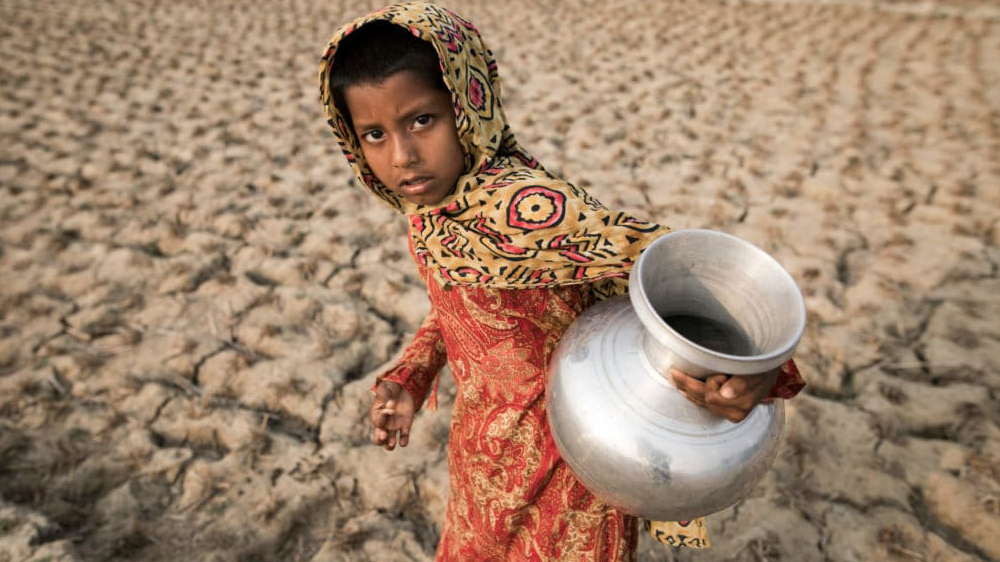
Rainwater harvesting policy of Papua New Guinea:
Papua New Guinea: The country has started to use rainwater harvesting to address the water scarcity in rural areas. This transformative method provides communities with closer and safer water sources, significantly improving their quality of life and reducing the risks associated with fetching water from distant sources.(The Borgen Project).
Papua New Guinea (PNG) faces significant challenges with water distribution and access, particularly in rural and remote areas. The majority of the population lives in regions where accessing clean water requires extensive travel, often through difficult terrain, which poses considerable risks, particularly to women and children who are primarily responsible for water collection.
Water Distribution
PNG’s water resources are plentiful yet not evenly distributed, leading to significant disparities in access. While urban areas have relatively better access to improved water supplies, rural areas, where most of the population resides, often rely on rainwater and natural water sources like rivers and streams. Only a small percentage of the rural population has access to improved water supply systems, making rainwater a critical resource for daily life.
Rainfall and Climate Variability
PNG experiences a tropical climate with high rainfall, which should theoretically support the water needs of the population. However, the seasonal variability and the impacts of climate change introduce challenges such as prolonged dry periods followed by intense rainfall, leading to issues like water scarcity followed by potential flooding (UNICEF).
Rainwater Harvesting Initiatives
Recognizing the challenges of water access and the abundant rainfall, there has been a significant push towards implementing rainwater harvesting (RWH) systems across PNG. These systems are seen as viable solutions to address the immediate needs for clean water, particularly in rural communities. RWH not only provides a sustainable source of water but also helps in reducing water runoff, thus minimizing soil erosion and water contamination. The success of RWH projects in areas like the Kunu settlement has showcased the potential of these systems to transform community access to water, making it safer and more reliable.
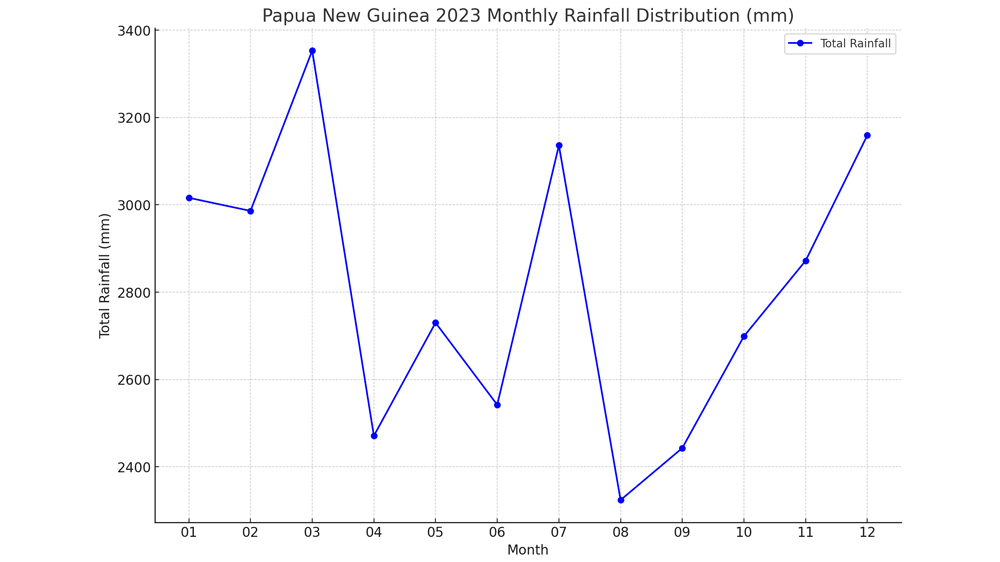
How much water resources can a complete rainwater harvesting system save for residents?
Taking Papua New Guinea as an example, how much water resources can a complete rainwater harvesting system save for residents:
- Collect Basic Data:
- Average annual rainfall
- Collection area (such as roof or other suitable surfaces for rainwater collection)
- Efficiency of the rainwater collection system
- Water demand of the residents (daily or monthly)
- Calculate the Collectible Rainwater Amount:
- Use the formula: Collectible Rainwater Amount = Rainfall × Collection Area × Collection Efficiency
- Evaluate the Saved Water Resources:
- Compare the collectible rainwater amount with the residents’ water demand to calculate the saved water resources.
Assuming the following data:
- Average annual rainfall: 3000 mm (3000 liters/square meter)
- Collection area: 100 square meters (typical roof area)
- Efficiency of the rainwater collection system: 80%
- Daily water demand of residents: 150 liters per person
Calculation steps:
- Calculate the annual collectible rainwater amount:
Annual collectible rainwater amount = 3000 mm x 100 square meters x 0.8 = 240,000 liters
- Calculate the daily collectible rainwater amount:
Daily collectible rainwater amount = 240,000 liters / 365 days ≈ 657 liters/day
Calculate the Saved Water Resources:
- If a household has 4 members, the daily water demand is 600 liters (4 people × 150 liters/person).
- The collectible rainwater amount is 657 liters/day, which is greater than the household’s daily water demand of 600 liters/day.
Therefore, a complete rainwater harvesting system can fully meet the daily water needs of this household, theoretically saving 100% of the household’s water resources. *It should be noted that in actual use, the specific savings percentage may be affected by factors such as uneven distribution of rainfall.
How many gallons of water does 1 inch of rainfall per acre equate to?
The number of gallons of water equivalent to 1 inch of rainfall per acre can be determined through the following calculation steps:
- Convert units of area and volume:
- 1 acre = 43,560 square feet
- 1 inch = 1/12 foot
- Calculate the volume of water:
- The volume of water from 1 inch of rainfall over an area of 1 acre is: 43,560 square feet x 1/12 foot = 3,630 cubic feet
- Convert cubic feet to gallons:
- 1 cubic foot = 7.48052 gallons
Therefore, the amount of water from 1 inch of rainfall per acre = 3,630 cubic feet x 7.48052 gallons/cubic foot ≈ 27,154 gallons
So, approximately 27,154 gallons of water are equivalent to 1 inch of rainfall per acre.
In addition to the aforementioned countries and regions, the following areas are increasingly prioritizing rainwater harvesting:
- Europe– Rainwater harvesting is increasingly seen as a crucial component of sustainable water resource management in Europe. This includes technological advancements and policy initiatives aimed at integrating these systems into broader environmental and water resource management strategies (SpringerLink).
- Arizona, USA– Rainwater harvesting is being promoted to save water and reduce urban heat island effects. Initiatives include providing substantial grants to expand rainwater harvesting projects, which are particularly beneficial for low-income families and help manage urban temperatures and water supply more effectively (Arizona Future).
- Germany, Japan, and Australiahave developed favorable RWH policies, incorporating them into building regulations and urban planning to enhance water resource sustainability and efficiency. These policies not only promote RWH but also support its practical implementation through regulatory frameworks and incentives (World Bank Blogs)
- United Kingdom– There is an active association committed to rainwater harvesting, advocating its use nationwide with the goal of transitioning rainwater harvesting from a novel water resource solution to a mainstream one. This is part of a broader strategy to address water scarcity and sustainability.
- Tanzaniais exploring the “Kilimanjaro Concept,” a sustainable water supply strategy that includes rainwater harvesting. The concept aims to provide fluoride-free water to the East African Rift Valley, showcasing the role of RWH in enhancing water security and sustainability (MDPI).
- Pennsylvania, USA– Rainwater harvesting is legal, and the state university encourages this practice. Philadelphia offers rainwater grants for responsible rainwater harvesting (World Water Reserve).
- Rhode Island, USA– The state offers tax incentives for installing cisterns to promote rainwater harvesting, though there are certain limitations on collection methods (World Water Reserve).
- South Carolina, USA– There are no restrictions on rainwater harvesting. The state encourages this practice and provides guidelines for rainwater harvesting systems (World Water Reserve).
- Texas, USA– Texas has enacted several laws to promote and regulate rainwater harvesting. The state encourages the implementation of rainwater harvesting systems in residential, commercial, and industrial facilities and offers incentives such as rebates for water storage facilities. Key legislation includes House Bill 3391, which advocates for the use of rainwater for both drinking and non-drinking purposes and requires its integration into new state buildings (Innovative Water Solutions LLC).
- Iowa, USA – Iowa promotes rainwater harvesting through educational activities and provides guidance for urban property owners to set up systems, with a focus on using rain barrels connected to downspouts for watering gardens and yards (Iowa Rainwater Education Partnership).
These initiatives reflect the growing recognition of rainwater harvesting’s potential to provide sustainable water solutions under various geographical and climatic conditions. Integrating rainwater harvesting into national and regional water management policies is seen as a key step towards achieving water resource sustainability and combating climate change.
What is the cost of a comprehensive rainwater harvesting system?
The cost of a comprehensive rainwater harvesting system varies due to many factors, including the size of the system, complexity, quality of components, and installation location. Below is a general cost assessment for reference:
- Basic components and cost estimates:
- Collection area and collectors (such as rooftop rainwater harvesting): Typically utilizes the existing roof, requiring no additional cost.
- Gutters and downspouts: $500 – $2,000 (depending on materials and installation complexity).
- Filtration system: $200 – $1,000 (including primary filters, sediment traps, etc.).
- Storage tanks: $1,000 – $5,000 (based on capacity and materials such as plastic, concrete, stainless steel, etc.).
- Pumps and control systems: $500 – $2,500 (used to transport water from storage tanks to usage points).
- Piping and fittings: $300 – $1,000 (depending on system complexity and distance).
- Installation and labor costs: $1,000 – $4,000 (depending on project size and local labor costs).
- Total system cost estimate:
Based on the costs of the above components, the total cost for a medium-sized residential rainwater harvesting system ranges from approximately $3,500 to $15,500.
- Specific case analysis:
- Suppose a family wants to install a medium-sized rainwater harvesting system with a storage capacity of 5,000 liters, here is a detailed cost estimate:
- Gutters and downspouts: $1,200
- Filtration system: $600
- Storage tank: $2,500
- Pumps and control systems: $1,500
- Piping and fittings: $500
- Installation and labor costs: $2,000
- Total cost: $8,300
- Possible additional costs:
- System maintenance costs: Rainwater harvesting systems require regular maintenance, costing approximately $100 – $500 annually.
- Permit and inspection fees: Some regions may require installation permits and regular inspections, costs depend on local regulations.
- Savings Benefits:
- Although the initial installation cost is high, rainwater harvesting systems can save on municipal water bills, especially in areas with water scarcity, making them economically beneficial in the long run.
- It is important to note that before installing a rainwater harvesting system, please inquire and comply with local regulations.
Regional Rainwater Collection Regulations:
| Country/Region | Regulations on Rainwater Harvesting |
| Brazil (São Paulo, Porto Alegre, Curitiba) | Mandatory: New buildings must have rainwater harvesting systems to promote sustainable water use (Cleanawater). |
| Singapore | Heavily Regulated: Uses extensive rainwater collection measures, protecting catchment areas to ensure clean water supply despite limited land for collection (Cleanawater). |
| Germany | Encouraged with Incentives: Government supports rainwater harvesting with financial incentives, widely used in public buildings and private households (Cleanawater). |
| Australia (Victoria) | Government Incentives: During drought periods, incentives are provided to encourage the installation of rainwater harvesting systems (Cleanawater). |
| United States (General) | Varied Regulations: Mostly encouraged or unregulated; however, specific states impose restrictions (PerfectWater™). |
| Colorado, USA | Prohibited with Exceptions: Collecting rainwater is largely illegal due to water rights laws, but limited exceptions allow for small-scale collection in rain barrels up to 110 gallons (PerfectWater™). |
| Utah, USA | Regulated with Permit Requirements: Allows rainwater harvesting up to 2,500 gallons with a permit; aimed at preventing potential conflicts over water rights (PerfectWater™). |
| Nevada, USA | Restricted to Non-Potable Uses: Rainwater can be harvested but is restricted to non-potable uses to ensure it does not impact the water rights of downstream users (PerfectWater™). |
(The above costs are estimates and are provided for reference only) The specific costs depend on the actual requirements of the project.
Consult YUDE Rain Eco now for a detailed quotation and recommendations.


